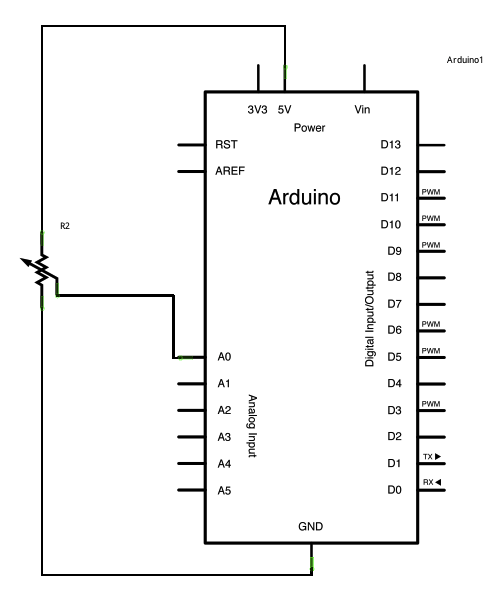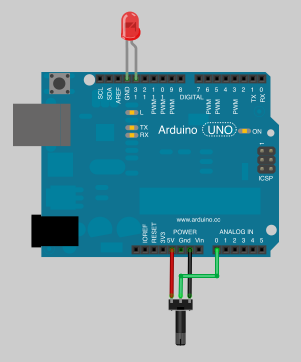

In fact, it makes an interesting question to ask, "have you thought about using a diode-RC peak detector, in front of the ADC?". Connect the pin to the Arduino ground an measure 0 volts. It is acting just like an antenna, picking up all kinds of voltages from its surroundings. PErfectly normal and as expected when the pin is 'floating', meaning no connection. Peak detection is effectively an active filter, in the analog domain the difference between charge/discharge is provided by a diode or synchronized transistor switch. tao13: I have an all analog pin a voltage 1.39-1.50V without any connections in them. But most applications of peak detection have a slow fall off to zero, in order to differentiate between this peak and the next one. As you know, a peak detection function must have some defined fall off rate, which can be zero if necessary. So for spot sampling, you would not filter at all. The built in problem is that by its nature, averaging or low pass filtering defeats peak measurements. That would give you a very slow but believable quantity. You are limited by orders of magnitude in the available sample rate, but since you are (or seem) focused on amplitude peaks, you could take spot samples for example. In particular, what information you need to extract from it. This depends on the nature of the signal.

PinMode ( ) function.If so, is there any way that I could possibly modify the output (like perhaps adding any components) so that I could make sense of it on my due? Similarly, you can set an analog pin to be a digital output pin using the PinMode ( ) function to set the pin mode toĭigitalRead ( ) function to get the pin state Just deal with the analog input pins (A0 – A5) as if they’re normal digital IO pins. Here is how you’d go about implementing this. Interfacing an analog voltage, an analog sensor to Arduino or other various microcontrollers with optical isolation is very easy with this module. And the analog input pins are the only hope you’ve got. Sometimes an external IO expander would be a better solution instead of sacrificing the ADC analog input channels.īut let’s say you’ve made your decision and you need to have an extra digital pin or two.
#Arduino analog how to
Youll also create another variable, sensorValueto store the values read from your sensor. Arduino Reference Doubts on how to use Github Learn everything you need to know in. Under certain circumstances, you’d sacrifice the analog input channels just to get extra digital IO pins. At the beginning of this sketch, the variable sensorPin is set to to analog pin 0, where your potentiometer is attached, and ledPin is set to digital pin 13. Following the instructions found here: Read Analog Voltage (Which basically states that all I need is this code: int sensorValue analogRead(A0) float voltage sensorValue (5.0. I want to measure it down to a tenth of a volt. The question is can we use Arduino analog pins as digital output pins? The answer is YES, and here is how to do it.įirst of all, the ADC is a valuable resource in any microcontroller. I have been using Arduino Nano Analog input to measure voltages, in the range between 22-30 Volts. Using Arduino Analog Pins As Digital PinsĪrduino Uno has a total of 14 GPIO pins, out of which 6 pins (from A0 to A5) are analog pins. The Analog input pins can also be used as general-purpose digital IO pins as we’ll see hereafter in this tutorial.

Those pins can be used with analog peripherals in the Arduino microcontroller such as: ADC (A/D Converter) and the Analog Comparator. The Arduino UNO has 6 analog input pins labeled from A0 to A5 as shown in the figure below.

Using Arduino Analog Pins As Digital Pins.Without further ado, let’s get right into it! Table of Contents
#Arduino analog code
We’ll implement a couple of code examples to test the usage of Arduino analog pins as digital pins for output and input use cases. Just like the Arduino general-purpose input output pins (0 to 13). In this tutorial, you’ll learn How To Use Arduino Analog Pins As Digital Pins for digital output and input applications.


 0 kommentar(er)
0 kommentar(er)
